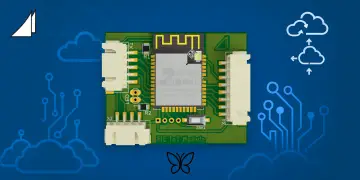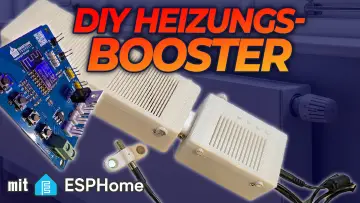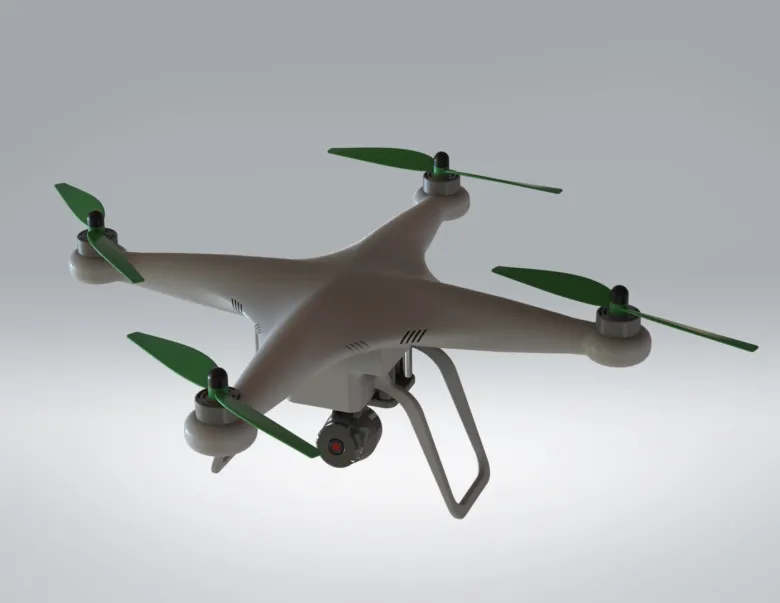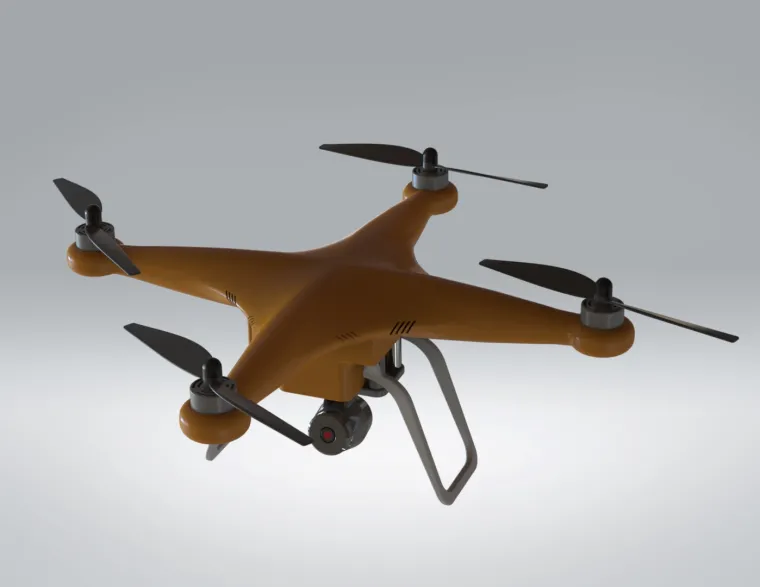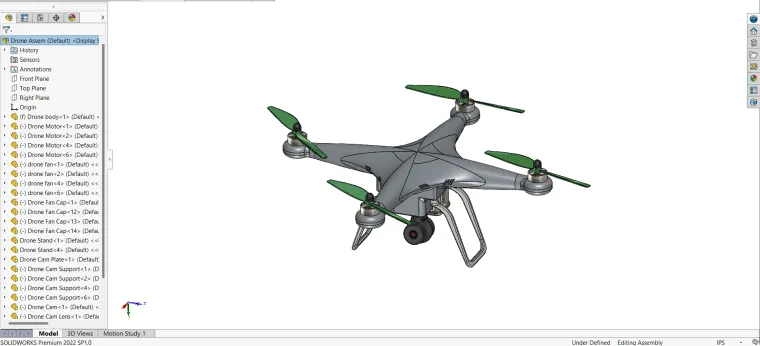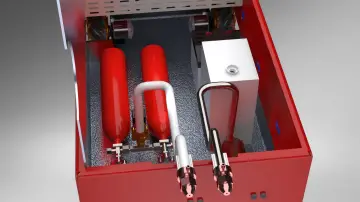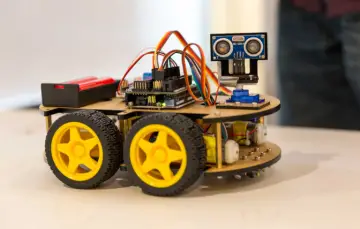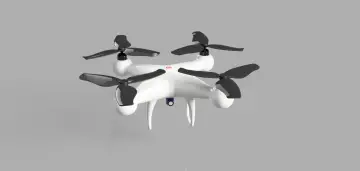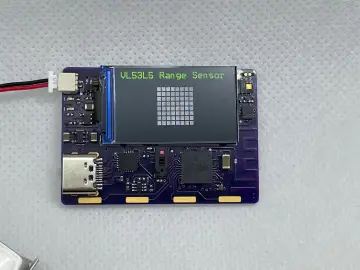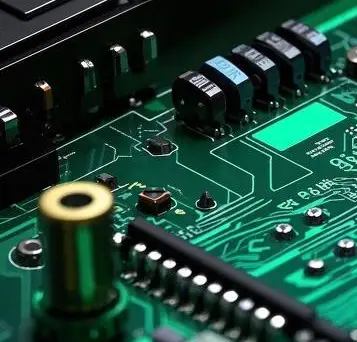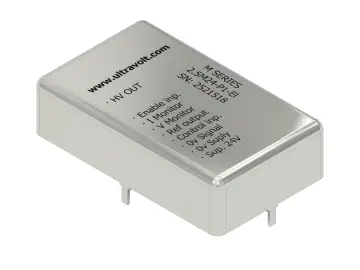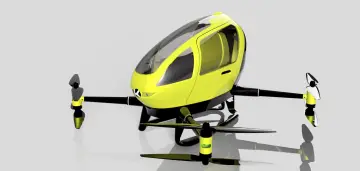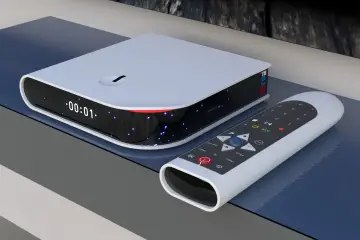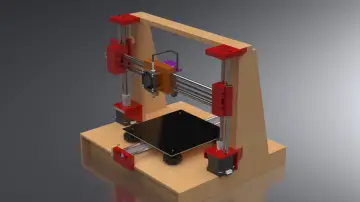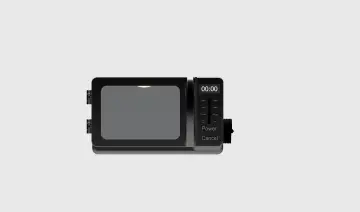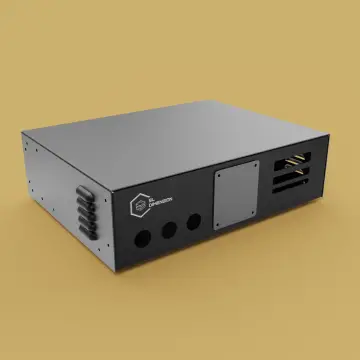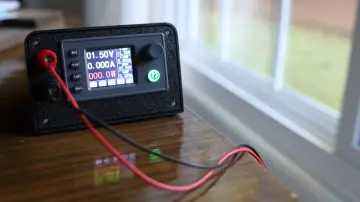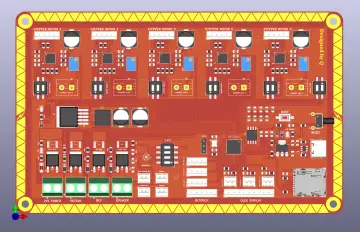Story
1. Introduction
The Smart Aerial Drone project is an innovative mechanical and electronic integration designed to perform aerial surveillance, monitoring, and data acquisition with high accuracy and reliability. The main objective of this project is to develop a lightweight, stable, and intelligent unmanned aerial vehicle (UAV) capable of operating autonomously or under manual control for various real-world applications, including agriculture, industrial inspection, mapping, and rescue operations.
This project focuses on combining mechanical design excellence with aerodynamic efficiency and smart control systems, ensuring both performance and durability. The design process includes the use of CAD tools like SOLIDWORKS for 3D modeling, aerodynamic simulation for performance optimization, and finite element analysis (FEA) to ensure structural integrity under real-time conditions.
2. Design Overview
The mechanical design of the drone is based on a quadrotor configuration, chosen for its simplicity, stability, and excellent control characteristics. The frame is designed using lightweight yet strong materials, such as carbon fiber and ABS plastic, to achieve an optimal strength-to-weight ratio. The arms are designed to be modular, allowing easy replacement and maintenance.
The propeller guards are integrated into the design to enhance safety during flight operations, while the center frame is optimized to house critical components such as the flight controller, power distribution board, GPS module, and Li-Po battery. The design also incorporates heat dissipation slots for the electronic speed controllers (ESCs) to maintain consistent performance during prolonged use.
A major design focus is on vibration damping and center of gravity balance. Rubber grommets and dampers are used to isolate the flight controller from vibration caused by the propellers, ensuring stable sensor readings. The battery compartment is positioned centrally to maintain a low and balanced center of gravity, improving flight stability.
3. Features
-
Lightweight and Modular Frame: Designed using CAD software for easy assembly and component replacement.
-
High-Efficiency Brushless Motors: Provide powerful lift with reduced power consumption.
-
GPS-Based Navigation: Enables autonomous flight paths, position hold, and return-to-home functionality.
-
Smart Flight Controller Integration: Equipped with sensors such as a gyroscope, accelerometer, barometer, and magnetometer for precise stability control.
-
FPV (First-Person View) System: Allows real-time video transmission for remote surveillance and navigation.
-
Obstacle Detection (Optional Upgrade): Uses ultrasonic or LiDAR sensors for collision avoidance.
-
Long-Range Communication: Controlled through a 2.4 GHz transmitter-receiver system, with telemetry feedback for flight parameters.
-
Customizable Payload: Allows attachment of cameras, sensors, or other modules for specific applications such as thermal imaging or mapping.
4. Applications
The Smart Aerial Drone is suitable for multiple applications, including:
-
Agriculture: Crop health monitoring, field mapping, and pesticide spraying.
-
Industrial Inspection: Monitoring of pipelines, power lines, and solar panels.
-
Search and Rescue: Real-time location and monitoring in disaster areas.
-
Aerial Photography: Capturing high-resolution images and videos.
-
Environmental Studies: Air quality monitoring and terrain mapping.
5. Conclusion
The Smart Aerial Drone Project demonstrates the integration of mechanical design, aerodynamics, and embedded control systems to create a functional and efficient UAV. It not only highlights technical expertise in CAD modeling and design validation but also reflects innovation in engineering problem-solving.
Through this project, the aim is to bridge the gap between conceptual design and practical implementation, showcasing how mechanical design and embedded technology can work together to create efficient, reliable, and intelligent aerial systems for the future.












